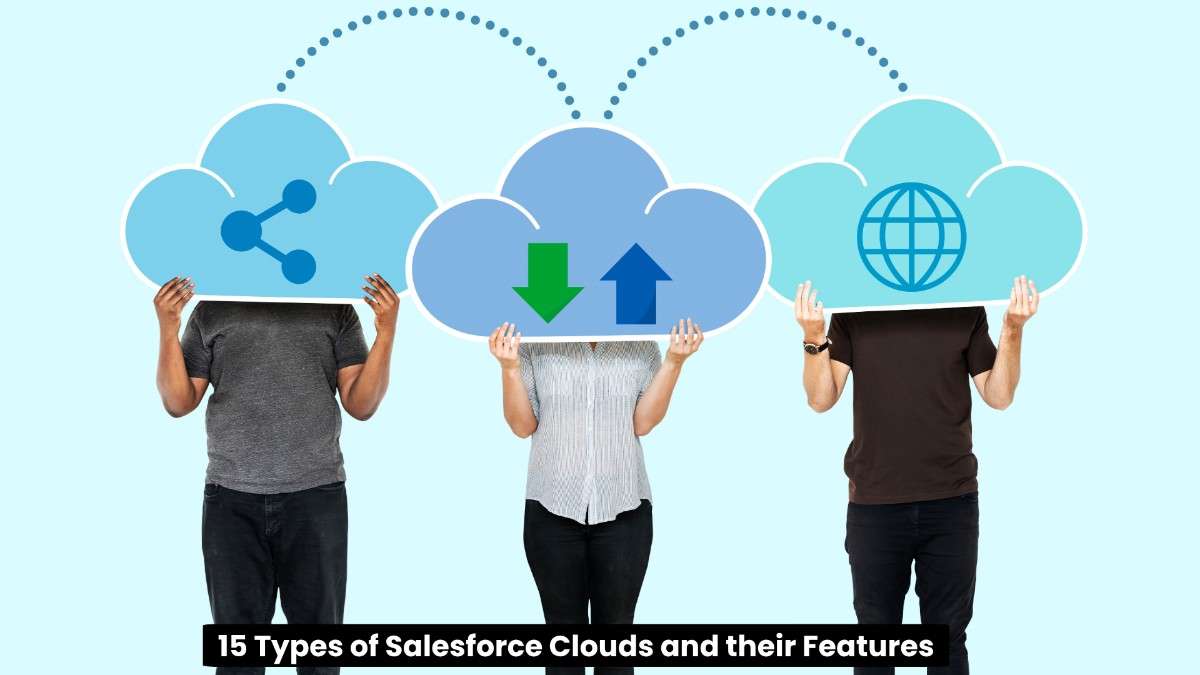MOBILE BACKEND – A POWERFUL ENGINE FOR YOUR MOBILE APP
Mobile application development has become one of those businesses where almost everyone wants a slice of the pie. Its exponential expansion over the previous decade is the testimony of its success. Will it, however, continue to be a viable enterprise in the future? What are the prospects for mobile app development? There are already around 2.1 million iOS applications and 2.8 million Android applications available. By 2025, more than 70% of the world’s population will have access to mobile devices. As a result, there will be billions of mobile phones and millions of apps to utilize. With such staggering figures, it’s evident that businesses will need to hire mobile app developers. Especially if they want to stay with the upcoming trends they can partner with mobile app development companies.
One such trend is the cloud backend for mobile app development. You must pick how the backend of your app will be constructed. When you decide to design your app, in addition to the platform. A mobile app without a working backend would have limited functionality and user experience. No matter how appealing the user interface is. The backend helps a mobile app conduct compute-intensive operations by facilitating data exchange and communication. One of the most popular cloud services nowadays is backend-as-a-service. Let’s look at it more:
WHAT IS THE BACKEND IN MOBILE APPLICATION DEVELOPMENT?
A mobile app’s backend serves as its brain. The backend is responsible for data processing, storage, and security, among other things. The mobile backend, which is hosted on a distant server, connects with the mobile app to give functionality to users. A mobile backend manages the app’s business logic, and content updates inside the app. Also, data processing and storage are independent of the capabilities of a smartphone. Along with permission and authentication that control data access. Unlike the front end, the back end does not have a graphical user interface. A backend is a program that allows computers and servers to communicate with one another.
BACKEND-AS-A-SERVICE (BaaS)
The creation of the server part is a time-consuming and challenging task. Furthermore, when developers begin working on the backend, they can seldom forecast how long it will take to complete. Developers may use outmoded technologies. Resulting in a rise in development costs and a backend that is far from user-friendly. But, with the aid of BaaS business solutions, this may be prevented.
Backend as a service (BaaS) is a cloud computing service paradigm that serves as middleware. It allows developers to connect their Web and mobile apps. To cloud resources via APIs and software development kits (SDK). It is a third-party solution that allows a developer to create an application or website. That too without modifying the software’s backend. As a result, it enables the developer to complete all backend services in a single shot. Also allowing them to concentrate on front-end development. By 2020, the global market for Backend-as-a-Service (BaaS) was expected to reach $31.6 billion. The prediction is driven by the expansion of app-driven economies throughout the world. Especially the consequent indispensability of mobile apps in the generation of economic value.
Find here: How To Choose The Right Digital Marketing Firm For Your Business
When you use BaaS, you receive access to a variety of server resources that will help you build the backend for your project. It will enable you to save significant costs. That with your server backend programming and later maintenance. It includes cloud storage, push alerts, its infrastructures, social media integrations, and other BaaS capabilities. Developers may avoid dealing with some tasks thanks to BaaS. Like as database, physical app server, and API design. Also with admin control panel writing, client-server library, and hosting. The technologies used in BaaS are largely cloud-based. BaaS products are built in layers by vendors. The three levels are as follows:
Servers are located in the foundation layer. Others will back up your information, while others will run your programs.
Requests such as logins are processed by BaaS products at the application layer.
The application servers connect to the internet through the connection layer.
BaaS ARCHITECTURE AND KEY COMPONENTS
BaaS offers a modular design that integrates easy-to-manage and drag-and-drop features. This makes the complicated backend easier to handle for developers. There are three components to this architecture.
MODULES
A content-types function Object() { [native code] }, content-types data, and user models are all included in these modules. Developers can manipulate entries and fields in a BaaS content-types builder. To specify how data is given to users over the backend. You may use GraphQL or APIs to filter queries and conduct CRUD operations in a content-types data module. Some BaaS providers have a business logic programming option in this module. To assist you in managing app data sharing.
Your BaaS strongbox of authentication procedures and permissions is your user-model module. You use it to regulate how users connect to your online or mobile app. What information they have access to, and whether data may be shared with third parties.
API
The second tier of the BaaS architectural cake is an API. In today’s SaaS solutions, backend processes are kept flexible for developers using REST APIs. REST APIs manage and configure BaaS architecture modules. Such as authentication and database modifications, easier. Another advantage is that they make BaaS useful for every app you can imagine, from games to chatbots.
DATA CHANNELS
Data channels are the roads that data takes to get to its ultimate target, which is a REST API. When you feed data from your app’s channels into a BaaS API, it starts interacting with databases, servers, and modules. These channels, in particular, resemble the circulatory system of a BaaS platform design.
BENEFITS OF BaaS
Scalability: Your app may adapt to any platform. If developers run into bandwidth issues, the cloud backend will assist them in resolving the issue.
Cost Savings: It includes end-to-end infrastructure that can help you save money.
Constant updates: It offers seamless integration of functionality for mobile apps. Allowing developers to make modifications as needed.
High security: BaaS software safeguards all information. Users cannot access the servers directly. Access Control Lists can prevent data from being hacked by malicious individuals.
Additional service: Some BaaS providers provide premium services. Allowing you to pay and continue to promote your app.
Dynamic Nature: BaaS allows code to be written for a large variety of mobile devices. If you wish to transform a mobile app into a web app, it might also be the web.
DRAWBACKS OF BaaS
Vendor lock-in: Switching from one BaaS infrastructure to another is difficult. For many developers, it is a major issue. Service providers say that developers may deploy and migrate apps wherever they choose. But transferring code that links front- and back-end pieces to a new platform is still a challenge.
Limited code control: You could find it difficult to feel in control with BaaS. Especially if you’re picky about every single line of code,
Failures in the code: Let’s assume your BaaS code breaks down soon after you deploy it. You’ll need to bring in a server to make up the burden in that instance.
Providers have different approaches to security. Such as storing server data regularly. Users should find out in advance how the BaaS provider’s storage cycles work. To ensure data back up at the required intervals.
Hire our best web development company usa right now to avail of beneficial services.














Post Comment
You must be logged in to post a comment.